(This article appeared in Indian Express in the April 29, 2012 edition)
Uganda doesn’t immediately set the tourist blood flowing. Minus the abundant wildlife, Lake Victoria and the Equator passing through, the only other attraction in this landlocked East African country are the Kasubi Tombs, the oldest proof of Ugandan history. This is also a UNESCO World Heritage Site.
About twenty minutes (or five kilometers) away from Kampala’s city centre is the protected burial site of the Kabakas, the kings of Buganda, a sub-national kingdom which enjoys autonomy from the State. For those interested in Uganda’s history, this is a great place to start, though it won’t seem so much a ‘tomb’ as a ‘living museum’ once you walk through the Bujjubukula (gatehouse made of wooden columns, reeds and thatch) and into the Olugya (the main courtyard) of the Kasubi Tombs complex.
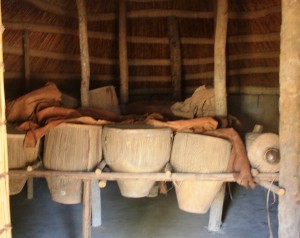
Within the site – and this wasn’t just me – women are expected to cover up waist down (no shorts or pants here. Long skirts are perfect) as respect to the dead and not venture into the Drum House, no matter how tempting the drums or how empty the huts. The Ndoga-Obukaba (Royal Drums) contained within the house are only played when a Kabaka is crowned; when a member of the royal family arrives or departs; or when a family member dies by drummer who strictly lead a life of celibacy – that should answer any questions about female presence in their abode.
The third most interesting sight is the Muzibu Azaala Mpanga (the domelike structure in the centre) where the four former Kabakas (Muteesa I (1835-1884), Basamula Mwanga II (1867-1903), Daudi Chwa II (1896-1939) and Fredrick Walugembe Muteesa II (1924-1969) are buried. Made of organic material like wood, reed and thatch roof that extend all the way to the ground, the walls of this gigantic tomb are covered with shields, medals spears, drums and photos of Kabakas. Today, you can only see the main tomb in pictures on the reception walls, for two years ago a fire destroyed this complex which is now being rebuilt.
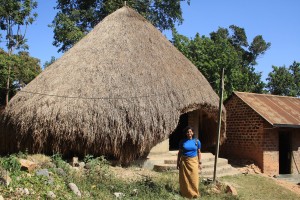
This site also houses few scattered buildings and graveyards located behind the tombs. Interestingly these buildings house the descendants of Kings’ former wives or widows – the keepers of royal secrets- but it might not really fair to judge them by their living standards. The ‘royal’ women tend to cassava, yam or eggplants when not when not hosting your visit to their ‘palace’ (technically) for a quick chat. If you manage to impress you might even be offered a cup of hot, milky tea made on the wood fire in a common kitchen and be allowed a glimpse of their life within the walls.
Interestingly enough, the graveyards behind the tombs are heavily guarded (no body-checks here) but avoid carrying anything that may lead to suspicion, even match boxes or lighters). The fire that burned down the royal tombs has left them scarred.
The site made it to the UNESCO World Heritage List in 2001 and one might easily be awed by the circular, thatched roofs and reed walls (not to mention the richly coloured paintings on barkcloths) – a reflection of the Buganda’s commitment to the environment, culture and traditions.
When visiting here it is good to remember that to the Baganda (people of Buganda), the Kabaka is the unquestioned symbol of spiritual, political, and social state of the Buganda nation. So even if you are tempted to say or do something out of place, don’t. Ganda rituals are centuries old and sacred.
The Kabaka usually visited the site on Friday, the guide-cum-receptionist explained, and if a female visitor happened to be present then (or took his fancy), the chances of being “taken as the queen” were excellent. There was not much you could say to change his mind! The Kabakas are polygamists no doubt (and clearly very open-minded about their bride’s nationality) so it really depends on you to pick the day of the week you want to visit.
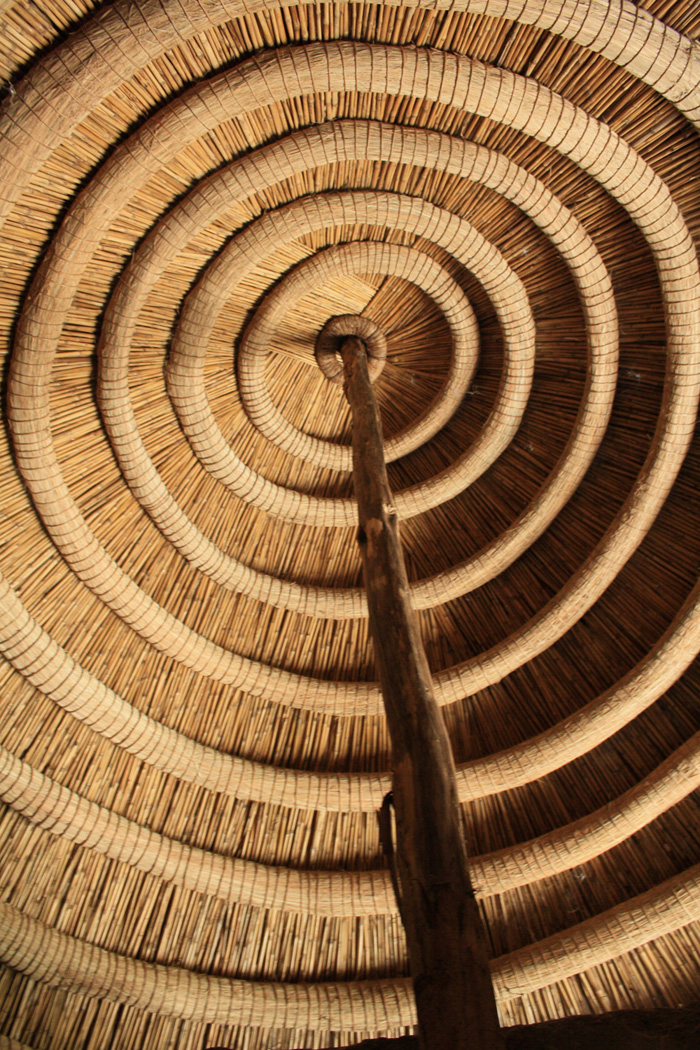
Let’s agree that leaving the site when I did just when royal entourage appeared that Friday was really a lucky escape.
Other attractions
- Owino Market: Excellent for cheap ‘branded’ goods. One of the largest markets in the region
- National Theatre: On Dwinton Road near the Parliament House. Hosts plays, musicals, and jam sessions.
- Equator: Eighty km from Kampala towards Rwanda. The equator passes through here.
- Jinja: Source of White Nile. Excellent for rafting and bungee jumping
VISA and other requirements
- Although Uganda has a visa on arrival policy for most countries, it is advisable to get a visa prior to departure.
- Ugandan Shillings (UGX) is 2500 to a dollar.
- VISA card is the preferred card in Uganda – you might be refused services if you are using MasterCard.
- Plenty of exchange houses in Kampala City, but outside of the Capital (except Jinja), you are not likely to find many ATMs, money exchanges or places accepting cards.
- Always carry small change
Health
- As most African countries, Uganda too is malaria endemic. Begin your anti-malarial course before you leave (and continue while there). Tsetse and black flies are common and carry diseases. Wear long sleeved clothes.
- Extremely high HIV rate. Posters announcing this can be seen everywhere. Pay heed. It is there for a reason. Practice safe sex
- Avoid eating food from street-stalls. Always drink bottled water.
- Bring sufficient medications. Healthcare is not among the best and can be very expensive.
Safety
- Uganda is generally safe for travelers, even females, but exercise caution at all times.
- Avoid dark or poorly lit areas or flaunt too much cash, jewelry or expensive mobile phones. Mobile snatching is not unheard of
- Avoid boda-bodas during nights, especially if you are unsure where you must go or are returning from bars or discotheques
- Avoid getting into arguments with the locals.
- Unlike Kenya or Tanzania, Ugandans are not enthused over being photographed. Try to get their permission first. Demands for money for being photographed are not unheard of.



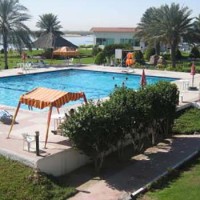

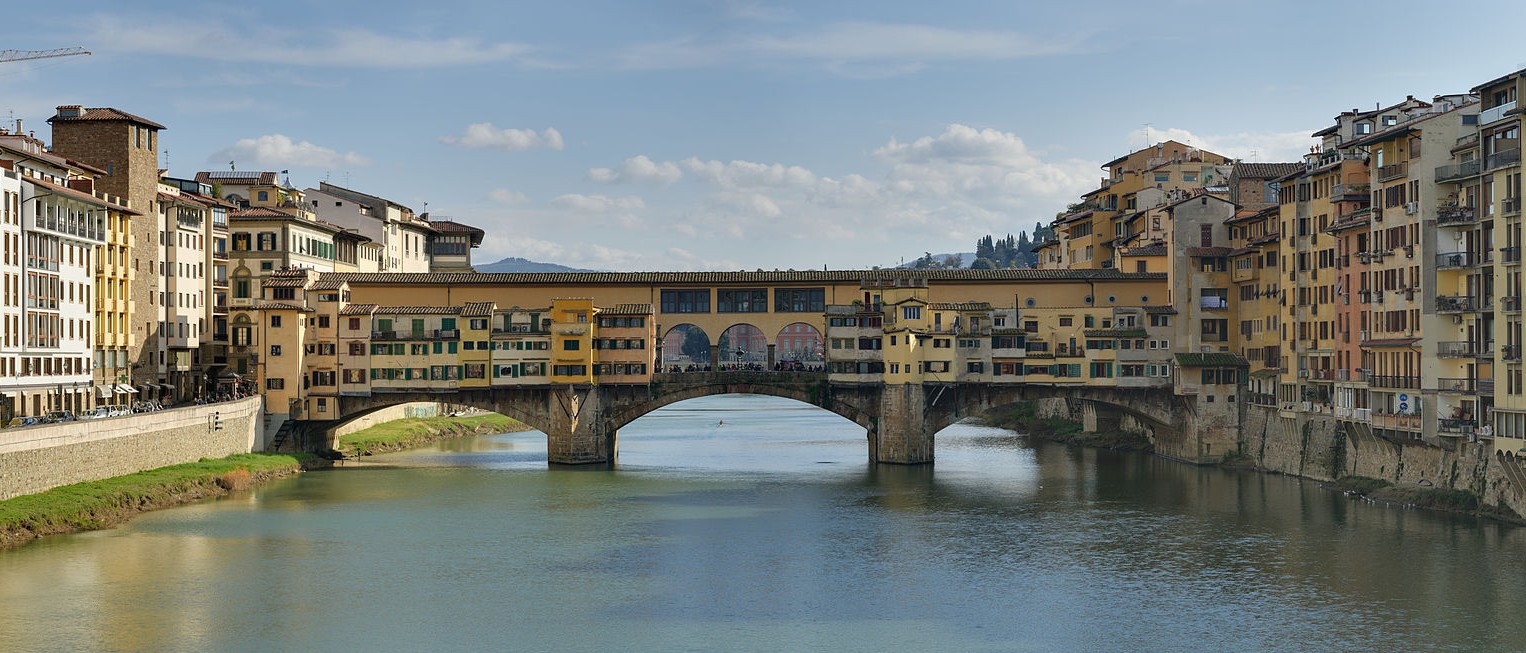
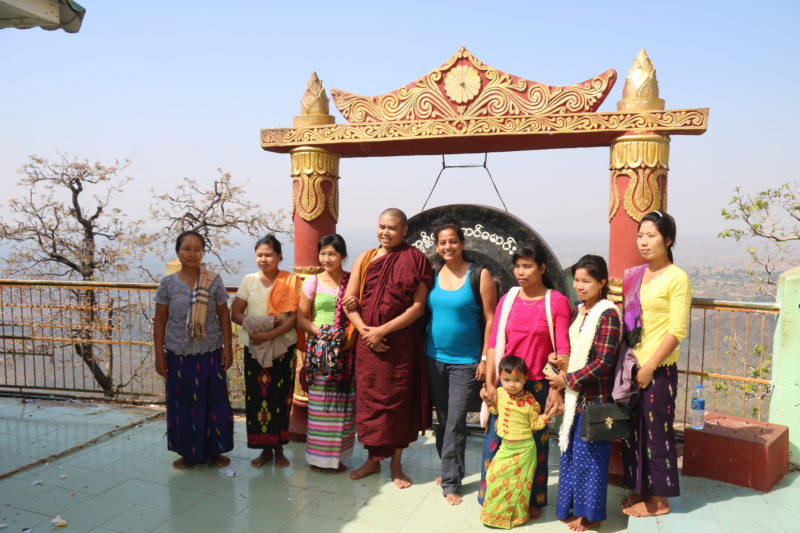
I BECAME A FAN OF YOU,I READ ABOUT YOU IN VANITHA MAGAZINE,REALLY GOT THRILLED BY READING YOUR EXPERIENCES